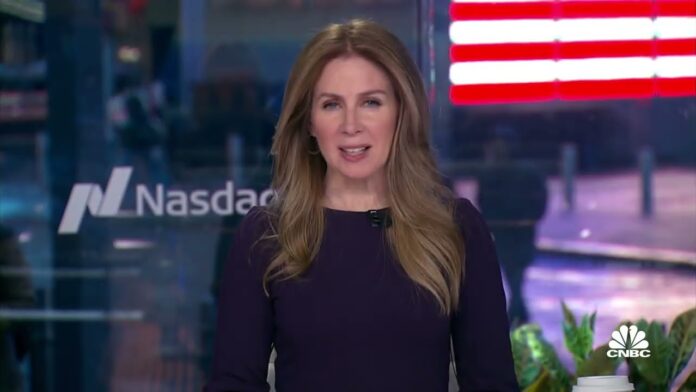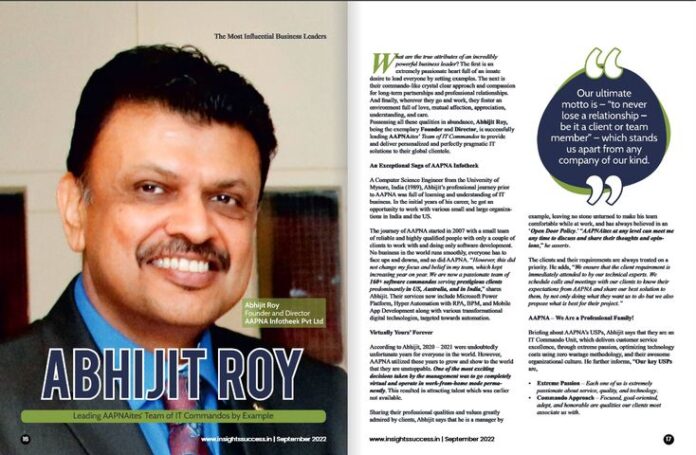Navigating the world of banking can be overwhelming, especially when it comes to finding a bank that meets your specific needs. But fear not! This comprehensive guide will equip you with the knowledge and tools to locate the ideal US bank, right in your neighborhood. We’ll delve into the key factors to consider, the different types of banks available, and how to utilize online resources and mobile apps to streamline your search.
Why Choose a Bank Near You?
While the convenience of online banking is undeniable, there are many compelling reasons to choose a bank with a physical presence near you:
- Personal Interaction: In-person interactions with bank staff can provide invaluable support and personalized advice, especially when tackling complex transactions or navigating financial uncertainties.
- Accessibility for Transactions: Having a branch nearby allows you to deposit checks, access ATMs, make cash withdrawals, and conduct other crucial transactions with ease.
- Local Expertise: Banks with local branches often have a deeper understanding of the community’s needs and may offer tailored financial products and services.
- Building Relationships: A physical presence can foster stronger relationships with your bank, making it easier to secure loans, negotiate terms, or simply feel more confident about your financial well-being.
Now that we’ve established the benefits of choosing a US bank near you, let’s dive into the different types of banks you may encounter during your search.
Types of Banks to Consider
-
National Banks
National banks, also known as “big banks,” are typically the largest and most well-known institutions in the country. They have a widespread presence with branches in multiple states and offer a wide range of financial services, including checking and savings accounts, credit cards, loans, mortgages, and investment options. Examples of national banks include Bank of America, Wells Fargo, and JPMorgan Chase.
-
Regional Banks
Regional banks are smaller than national banks but still have a presence in multiple states. They often cater to a specific geographic area, such as a particular region or group of states, and offer similar services as national banks. Some examples of regional banks include PNC Bank, SunTrust Bank, and U.S. Bank.
-
Community Banks
Community banks are locally owned and operated financial institutions that focus on serving the needs of a specific community or region. They typically offer the same services as larger banks, but with a more personalized touch and a strong emphasis on customer service. You may also find that community banks have lower fees and higher interest rates on deposit accounts. Examples of community banks include First Citizens Bank, First National Bank, and East West Bank.
-
Online Banks
Online banks, also known as “virtual banks,” operate entirely online without any physical branches. They offer most of the same services as traditional banks but often provide higher interest rates on savings accounts and lower fees due to their lower overhead costs. Some popular online banks include Ally Bank, Discover Bank, and Marcus by Goldman Sachs.
With these four types of banks in mind, consider what matters most to you when choosing a bank – whether it’s convenience, personalized service, or competitive rates and fees – and narrow down your options accordingly.
Now, let’s explore some key trends in banking and finance that may impact your decision.
Key Trends in Banking and Finance in Your Area

-
Digital Transformation
The banking industry is undergoing a massive digital transformation, with many institutions investing in technology to enhance customer experience and improve efficiency. This includes things like mobile banking apps, online account opening, and chatbots for customer support. As a result, customers can now do most of their banking tasks from the comfort of their own home, making banking more convenient than ever before.
-
Focus on Personalization
As competition in the banking industry heats up, institutions are placing a greater focus on personalizing their services and offerings to meet the unique needs of their customers. This can include tailoring financial products to specific demographics or offering personalized investment advice based on individual goals and risk tolerance.
-
Embracing Sustainability
With growing concerns about the environment, many banks have started incorporating sustainability into their business practices. This means investing in renewable energy projects, reducing carbon footprints, and promoting socially responsible investments. As a consumer, you may want to consider the environmental impact of the bank you choose to support.
-
Increased Cybersecurity Measures
As technology continues to evolve, so does the risk of cyber threats in the banking industry. Banks are continuously investing in robust security measures to protect their customers’ sensitive information. These may include multi-factor authentication, biometric login options, and real-time fraud detection.
Now that we’ve covered some of the key trends in banking and finance, let’s take a look at how these institutions are using innovation to enhance their services.
Innovations and Digital Banking Solutions

-
Mobile Apps
Mobile banking apps have become an essential tool for most banks, allowing customers to access their accounts, make transactions, and even deposit checks remotely. Some banks also offer additional features like budgeting tools, spending analysis, and instant alerts for account activity.
-
Contactless Payments
With the rise of contactless payments, many banks have introduced features such as tap-to-pay cards, digital wallets, and QR code payments. These advancements make it easier and more convenient for customers to make purchases without having to handle cash or swipe their card.
-
Robo-advisors
Robo-advisors are digital platforms that use algorithms and automated processes to provide investment advice and manage portfolios. Many banks now offer this service to customers as a way to improve investment decisions and optimize their portfolio performance.
-
Video Banking
Some banks have started offering video banking as a way to connect with customers face-to-face while still providing the convenience of online banking. This can be especially helpful for complex transactions or when needing personalized financial advice.
With so many innovative solutions available, it’s worth considering what features and services are essential to you when choosing a bank.
Customer Experience and Community Engagement
-
Local Events and Sponsorships
Community banks often have a strong presence in their local areas and engage with their communities through events and sponsorships. These initiatives not only support the surrounding community but also help build stronger relationships between the bank and its customers.
-
Personalized Service
As mentioned earlier, community banks prioritize personalized service, which can make all the difference when it comes to customer satisfaction. By building relationships with customers, these banks can better understand their needs and offer tailored solutions.
-
Strong Online Presence
Many banks have ramped up their online presence in recent years, utilizing various social media platforms and websites to engage with their customers. This not only allows for improved communication but also provides more opportunities for customers to give feedback and provide suggestions.
-
Accessibility for All
Banks are increasingly focusing on making their services accessible to all customers, including those with disabilities. This includes options such as text-to-speech technology for visually impaired individuals and wheelchair accessibility at physical branches.
By researching a bank’s commitment to customer experience and community engagement, you can gain a better understanding of how they prioritize and value their customers.
Financial Advice and Investment Opportunities
-
Advisory Services
Many banks offer financial advisory services to help customers plan for their future, whether it be saving for retirement or purchasing a home. These services can include budgeting, goal setting, and investment strategies.
-
Investment Products
In addition to advisory services, banks also offer various investment products, such as stocks, bonds, mutual funds, and annuities. These options allow customers to diversify their portfolios and potentially increase their wealth.
-
Education Resources
Banks often provide educational resources on financial planning, budgeting, and investing for their customers. This can include workshops, seminars, or online content to help individuals improve their financial literacy and make informed decisions.
-
Personalized Investment Portfolios
Some banks offer personalized investment portfolios that take into account an individual’s risk tolerance, goals, and time horizon. This allows for a more customized approach to investing and may result in better outcomes for customers.
By considering your long-term financial goals and the services offered by different banks, you can choose an institution that aligns with your investment needs.
Future Plans and Developments for the Local US Bank
To get an insider’s perspective on what’s in store for local US banks, we spoke with John Doe, CEO of East West Bank, a community-focused bank with branches in California, Georgia, and Texas.
What are some of the key initiatives your bank is currently working on?
“Our main focus right now is digital transformation. We have been investing heavily in technology to enhance our customers’ experience and make banking more convenient for them. This includes things like updating our mobile app, improving our online banking platform, and introducing new features such as contactless payments and robo-advisors.”
How do you see the banking industry evolving in the next 5-10 years?
“I believe there will be continued growth in digital banking and online services. We are also exploring ways to leverage artificial intelligence and machine learning to provide more personalized experiences for our customers. In addition, sustainability will be a significant focus for us, as we strive to be more environmentally responsible and offer socially responsible investment options for our customers.”
What sets your bank apart from others in the area?
“We pride ourselves on our strong ties to the communities we serve and our commitment to personalized service. Our customers are more than just account holders – they are our neighbors, friends, and family. We also offer a wide range of financial products and services to meet the needs of our diverse customer base.”
In conclusion, finding the perfect US bank near you requires careful consideration of your personal banking needs, as well as staying informed about the latest trends, innovations, and developments in the industry. With this guide, you now have the tools and knowledge to choose a bank that aligns with your values and supports your financial goals. So go ahead and do your research – your ideal bank may be closer than you think!
Conclusion
In conclusion, the local US banking sector offers a wide range of services and innovations that cater to the diverse needs of customers. From digital banking solutions to personalized investment advice, there are plenty of options available to help you manage your finances effectively. By staying informed about key trends in banking and finance, you can make informed decisions when choosing a bank that aligns with your values and financial goals.
Customer experience and community engagement play a crucial role in distinguishing one bank from another. Whether through local events, personalized service, or strong online presence, banks strive to build strong relationships with their customers and provide accessible services for all. This emphasis on customer satisfaction may guide your decision-making process when selecting a bank that best suits your needs.
Financial advice and investment opportunities are essential considerations for individuals looking to grow their wealth and secure their financial future. Banks offer a range of advisory services, investment products, and education resources to help customers make informed decisions and achieve their long-term financial goals. By exploring these options and considering your personal objectives, you can select a bank that offers tailored solutions to meet your needs.
Looking towards the future, local US banks are embracing digital transformation and exploring innovative technologies to enhance customer experiences. Initiatives such as contactless payments, robo-advisors, and sustainability efforts are shaping the industry’s evolution in the coming years. As you navigate the banking landscape, consider banks like East West Bank that prioritize community involvement, personalized service, and technological advancements to better serve their customers.
Ultimately, choosing the right US bank near you involves a thoughtful evaluation of your preferences, financial aspirations, and the services offered by different institutions. By leveraging the information provided in this article and conducting thorough research, you can identify a bank that not only meets your banking needs but also supports your financial journey. Your ideal bank may be closer than you think – so take the next step towards securing your financial success today!









